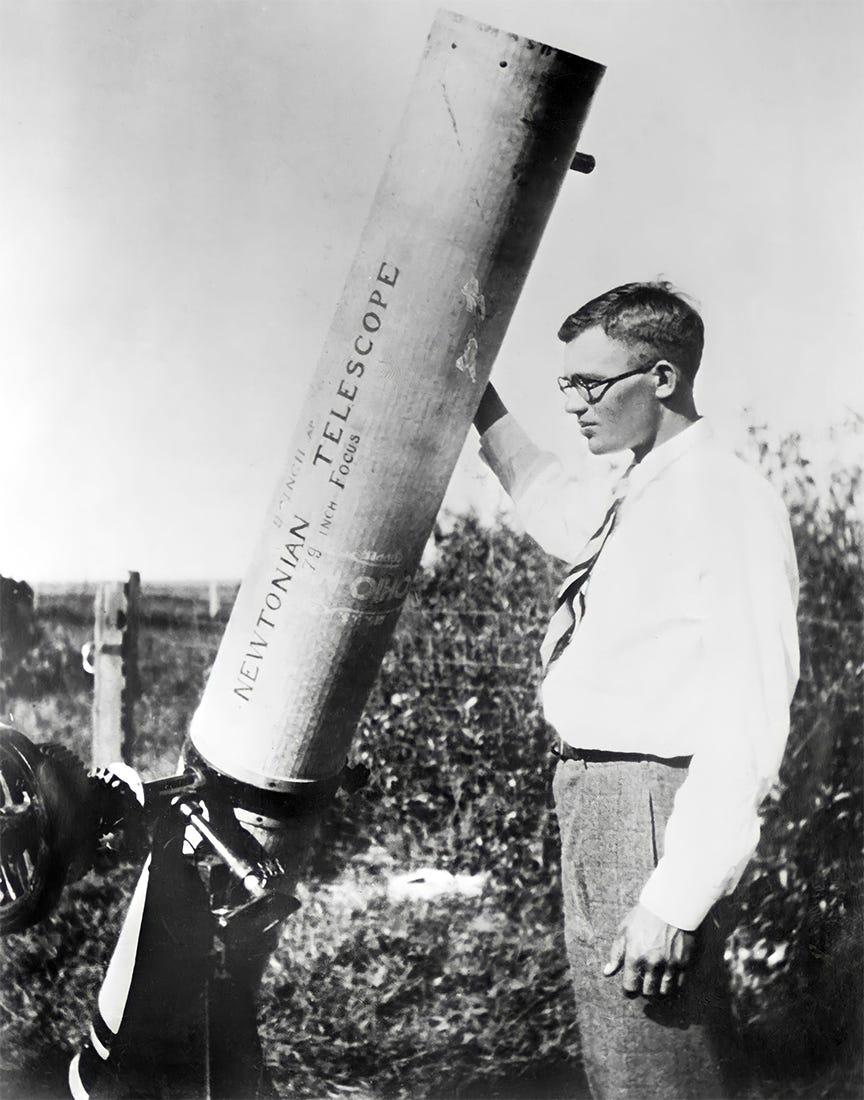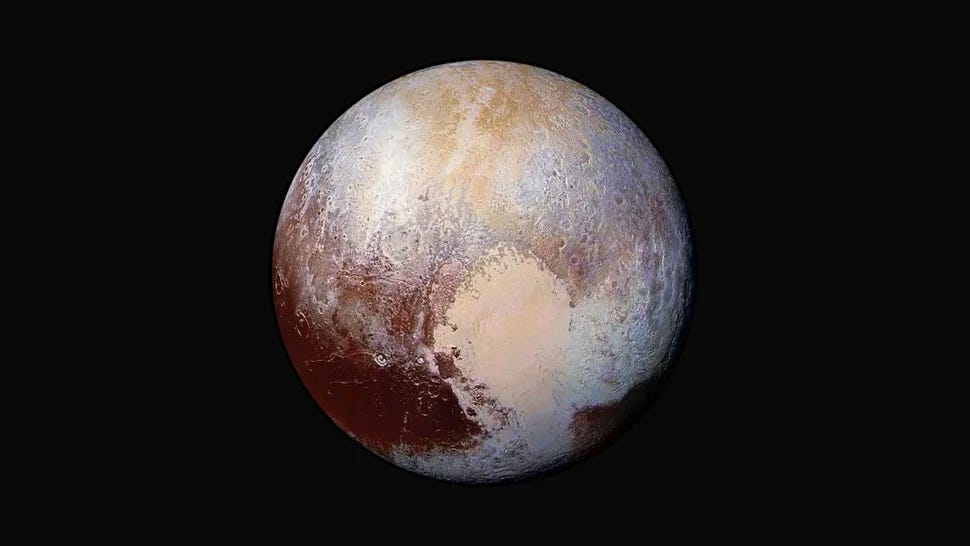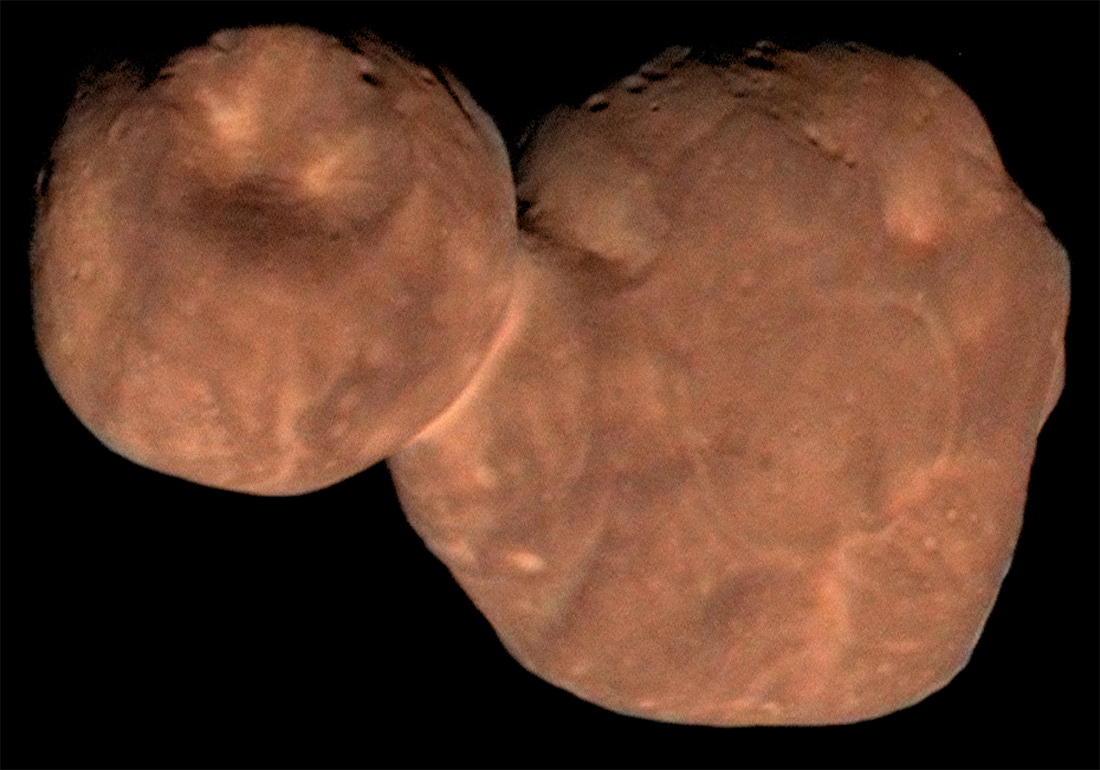Clyde Tombaugh, Astronomer Who Found and Visited New Worlds
Discoverer of Pluto, UFO witness, and Farthest Voyager
Astronomer Clyde W. Tombaugh, discoverer of Pluto, lived life in the tradition of the great American citizen-scientist-inventors. Like Ben Franklin and Thomas Edison, he dedicated his unique genius to advance science and serve humanity.
Tombaugh grew up on a farm in Kansas where he worked the earth’s bounty and relished the amazing night sky. He taught himself geometry and trigonometry in order to be ready for college. Working dawn-to-dusk hours, the young astronomer found time to grind lenses for telescopes of his own design, built by his own hand.
Seeking advice on improving his telescope, Tombaugh wrote to the astronomers at the Lowell Observatory in Flagstaff, Arizona. He included drawings he made of Mars and Jupiter to share what he had observed. The astronomers were so impressed by his work that, instead of advice, they offered Tombaugh a position on staff.
The year was 1929. Tombaugh accepted and soon was working to discover Planet-X. Theorized decades earlier by American astronomer Percival Lowell, founder of the observatory, the ninth planet was believed to exist somewhere past the orbit of Neptune.
In the field, Tombaugh photographed the night sky with a wide-field telescope to create an atlas of the sky near the ecliptic, retaking images of the same portions on various nights. Then, he’d make plates of the images for use in a “blink comparator,” an optical instrument developed by the German Carl Zeiss and company. Quick-as-a-wink, the machine displayed two images of the same patch of sky, taken at different nights, one after the other. This enabled the sharp-eyed astronomer to see what, if anything, changed — or moved — between the two images. After a few months on the job, Tombaugh found Pluto.
“It was right where they said it would be,” Tombaugh later recalled. He was 24 at the time.
Tombaugh would receive an academic scholarship which he used to earn a bachelor’s of science and his master’s degrees in astronomy from University of Kansas. Later Tombaugh would serve the United States during World War 2 in uniform and afterward as a researcher, inventor, and educator.
Clyde Tombaugh, his wife and mother-in-law witnessed a group of six to eight rectangular lights in 1949. “Similar to the Lubbock Lights,” the blue-green array moved in unison through the New Mexico sky. The rectangles seemed parts of one object and changed in perspective — “foreshortening” — as they moved toward the horizon, the witnesses reported. Drawing based on witness accounts by Dr. Michael Swords.
After he witnessed UFO phenomena, Tombaugh fearlessly shared what he experienced. In correspondence with Dr. Michael Swords, PhD, a ufologist and professor emeritus from Western Michigan University, Tombaugh revealed several experiences with UAP:
In 1941, Tombaugh reported observing a flash of light or an enormous explosion on the surface of Mars. Later, after the war, the astronomer described sighting "green fireballs" in New Mexico, mysterious objects frequently reported near military and atomic installations across the Southwestern US. In 1949, skywatching with his wife and mother-in-law, the trio witnessed an unusual array of rectangular lights in the night sky. As the lights moved toward the horizon, the observers noted they changed in perspective as they traveled. Mr. Tombaugh also alluded to other possible UAP events in correspondence over the coming years.
Unlike many of his contemporaries, Tombaugh was not afraid of telling the truth as he saw it in public nor what anyone else thought of the truth. In the early 1950s, Ufologist Donald Keyhoe misunderstood, if not misquoted, Mr. Tambaugh and the results of his work tracking earth-orbiting asteroids in preparation for future spacecraft.
When a number of his colleagues scoffed at Dr. James. E. McDonald, PhD, the University of Arizona atmospheric physicist who considered UFOs worthy of scientific investigation, Tombaugh stepped forward to explain why they were wrong.
Arrokoth, a frozen world — defined by NASA astronomers as “a contact binary planetesimal,” part of the Kuiper Belt and the region beyond the orbit of Pluto. About 26-miles long, the body has been found to contain significant amounts of organic molecules and other complex compounds.
Clyde Tombaugh died in 1997 at age 90. Pluto, the world Tombaugh discovered, went from a tiny point on a photographic plate to a complex celestial twin-planet, multi-satellite system seen in detail by human eyes through the instruments carried aboard the NASA New Horizons spacecraft in 2015. The probe continued its course to fly by Arrokoth, a frozen contact bi-planetesimal in the Kuiper Belt, on New Year’s Day 2019.
Today New Horizons races toward interstellar space. Currently the fifth-farthest man-made object from our planet, the spacecraft is destined to pass Pioneers 10 and 11 in the coming centuries. It likely will never pass the two Voyager probes due to their greater gravity assisted boost in velocity for their planetary fly-by missions.
New Horizons also carries a most special payload: a sepulcher containing one ounce of Mr. Tombaugh’s ashes. His presence represents the farthest any human has ventured from earth.






